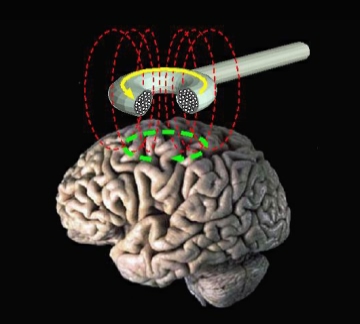Senior Sex and Other Antics – What Can We Say – Read On

Rodale Press
CBS Reports We Have a Way to Go in Financially Preparing for Retirement
- Roughly half of all U.S. families have no money set aside for retirement, Federal Reserve data show. Even Americans who work diligently to prepare for their later years are falling behind. Only 18 percent of U.S. workers say they are very confident of having enough money to live comfortably during their retirement years.
- High unemployment, stagnant income and spiraling health care costs, eroding labor protections and rising income inequality all contribute. A growing segment of the U.S. population could see their living standards erode as their retirement savings run dry.
- As of 2010, only 51 percent of private-sector workers had access to a retirement plan at work. Four of 10 Americans ages 55 to 64 have no money put away for retirement. For those who do, the median balance is $120,000. That amounts to income of only $400 a month.
- Overall, the median retirement account balance for all working-age households in the U.S. is $3,000, and $12,000 for near-retirement households, according to the National Institute on Retirement Security.
- Most experts say that to maintain their standard of living in retirement, a typical family needs to replace 75 percent to 85 percent of their pre-retirement income. Yet wages for nearly all Americans have been stagnant for more than 30 years.
- Health problems further drain retirement assets and can make it hard for seniors to extend their working lives, the standard advice these days for retirees with inadequate savings.
- On a positive note, as women have entered the workforce en masse, their earnings have lifted family incomes. It also has allowed more women to accrue Social Security benefits and acquire 401(k) accounts of their own. Meanwhile, people with pensions may be financially secure in retirement even without personal savings.
Source; CBS News
Can Caffeine Fight Alzheimer’s? Possibly.
Can Caffeine Fight Alzheimer’s? Possibly. Tau deposits, along with beta-amyloid plaques, are among the characteristic features of Alzheimer’s disease. These protein deposits disrupt the communication of the nerve cells in the brain and contribute to their degeneration. A team led by Dr. Christa E. MÌ_ller from the University of Bonn and Dr. David Blum from the University of Lille was able to demonstrate for the first time that caffeine has a positive effect on tau deposits in Alzheimer’s disease. The initial results were published in the online edition of the journal Neurobiology of Aging. Caffeine blocks various receptors in the brain, which are activated by adenosine. The adenosine receptor subtype A2A in particular could play an important role in AlzheimerÛªs formation. Prof. MÌ_ller and her colleagues developed an A2A antagonist in ultrapure and water-soluble form. Over several weeks, the researchers then treated genetically altered mice with the A2A antagonist. The mice had an altered tau protein, which, without therapy, leads to the early development of Alzheimer’s symptoms. In comparison to a control group, which only received a placebo, the treated animals achieved significantly better results on memory tests. The A2A antagonist displayed positive effects in particular on spatial memory. “We have taken a good step forward,” says Prof. MÌ_ller. “The results of the study are truly promising, since we were able to show for the first time that A2A adenosine receptor antagonists actually have very positive effects in an animal model simulating hallmark characteristics and progression of the disease. Source: Science Daily
Led an Intellectual Stimulating Life? You Have a Better Chance of Warding Off Alzheimer’s.

Let’s stimulate our brains!
Taking a Statin for Cholesterol? You Still Need to Exercise.
Taking a Statin for Cholesterol? You Still Need to Exercise. Older men who were prescribed statins (the cholesterol-lowering medications associated with muscle pain, fatigue and weakness) engaged in modestly lower physical activity according to a recent JAMA study.

Take these? Still need to exercise.










